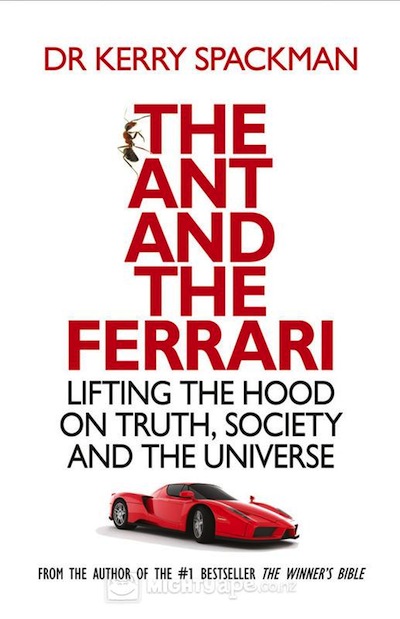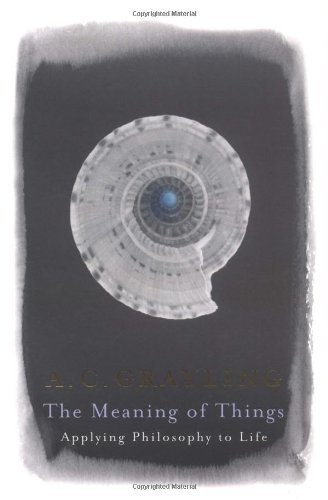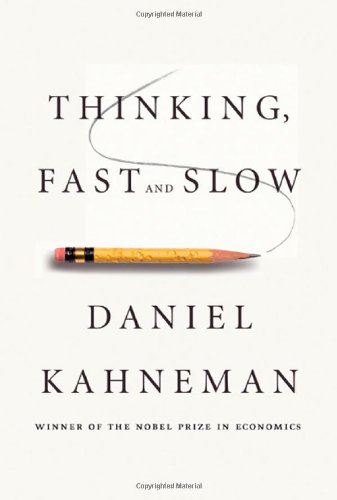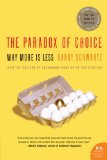 This is a readable, impassioned book about the big questions in life. Spackman explains the big bang and evolution in a very accessible way, probably the best such explanations I have ever seen. He explains how science conflicts with religion on these and other topics, but he does so in a much nicer way than the likes of Richard Dawkins or especially Christopher Hitchens. I could imagine that a religious fundamentalist could read this book and actually understand why so many people are convinced that Genesis is all just made up. It’s hard to imagine any such person getting much out of, say, Hitchens’s God Is Not Great other than the impulse to burn it.
This is a readable, impassioned book about the big questions in life. Spackman explains the big bang and evolution in a very accessible way, probably the best such explanations I have ever seen. He explains how science conflicts with religion on these and other topics, but he does so in a much nicer way than the likes of Richard Dawkins or especially Christopher Hitchens. I could imagine that a religious fundamentalist could read this book and actually understand why so many people are convinced that Genesis is all just made up. It’s hard to imagine any such person getting much out of, say, Hitchens’s God Is Not Great other than the impulse to burn it.
Spackman meditates thoughtfully on the meaning of life before offering a few suggestions on improving our individual lives, and society in general. I really like his ideas — they could plant the seeds for big changes for the better. I could imagine some of them being implemented by enlightened governments in a few decades. The chances of these kinds of policy change may seem remote, but books like this will definitely help. It’s clear and easy to understand, and if enough people read it it could change the world.


